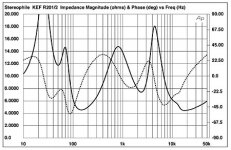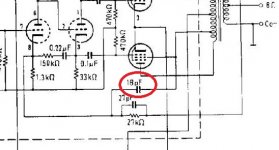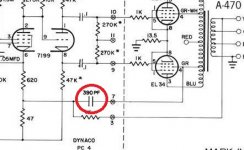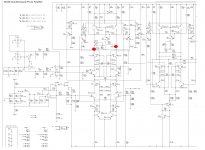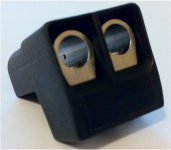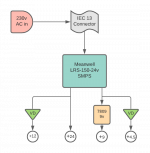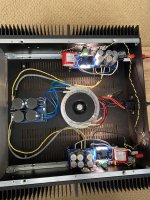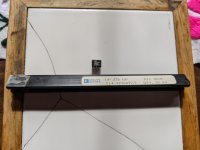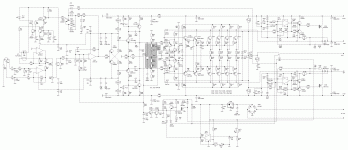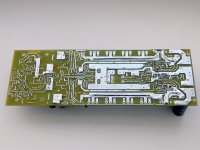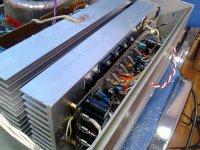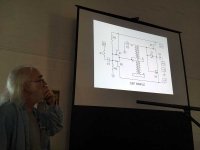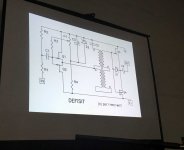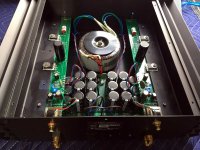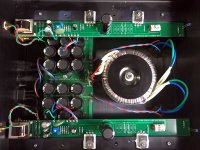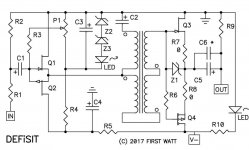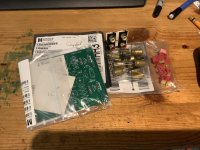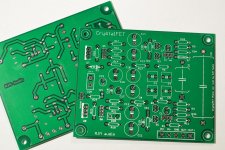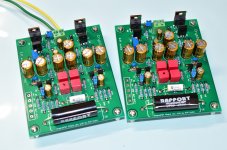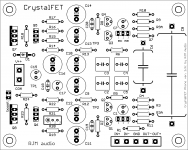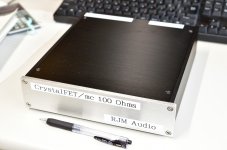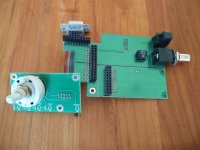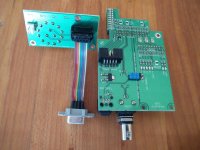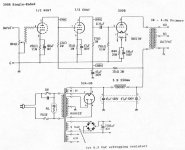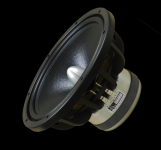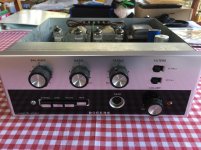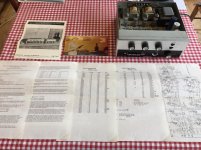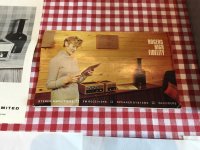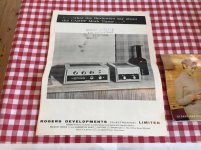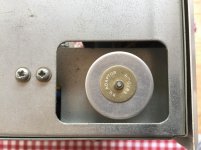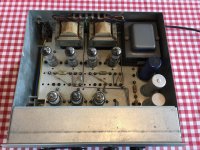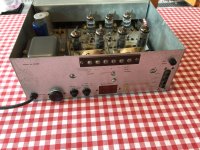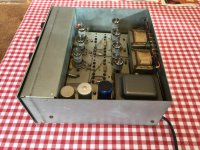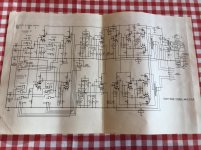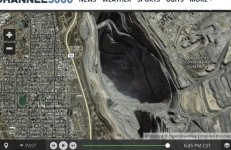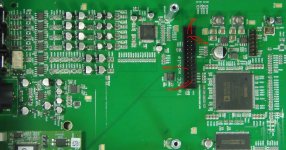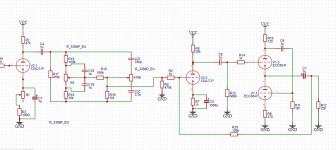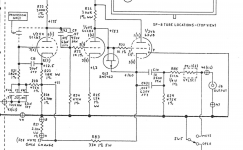Did you ever see that Louis CK bit where he’s laughing at people on the airplane who are pissed because their phone doesn’t work? “You are flying in the sky, 30,000 feet in the air, at 500 mph, in a warm comfortable chair, and you are complaining because your PHONE isn’t working?”.. I love that routine. And that’s how I feel about what I am about to say. I am the guy with the phone. Without Papa and DIYaudio and you guys, there is no way I would even be contemplating building a high quality amp. Not in a million years. Yet here we are, and I’m complaining because it’s confusing and I don’t know which paths to take.
So, with that prelude, I have a modest proposal. It would be nice if there was a stepping stone up from the ACA; a complete, step-by-step plan, overly detailed instructions, complete BOM, maybe even a “project” on Mouser, etc. with everything matching perfectly so that a person, with a little common sense but with no confidence or understanding of what they are doing, could simply follow all the steps and come up with something First Watt level (F5, etc) that works. Pick the case, the power supply, the components, the boards, the complete parts list, and go. No customization options, no choices or decisions to make, just a functional, world-class amp in a box.
I know that is the point of the ACA, but F5 is a whole different level. I don’t know what a snubber is. I have no idea how to size my capacitors. CCLCCLCCR?? Quasimodo? Bridge or discrete diodes? The ACA is a tremendous success, and a model for how my proposal should work, maybe without the full kits, just full instructions and tools. The leap from ACA to Aleph J, as it stands now, is daunting. I realize this is asking a lot of volunteers who have already given way more than they got to get us to the point we are, but maybe this might be considered as a next step. Presumably, you volunteers do what you do here because you enjoy it and you want to help people and expand the community. I think this option I’m describing might be a good gateway drug for many people to the next levels of involvement.
Personally, I’ve decided on an Aleph J as my next amp project. I have ordered the boards, case, many of the parts, and I’m sure, eventually, I will finish it and have a deep sense of satisfaction for how far I have come and how much I’ve learned. “Gotta burn to learn”, etc. But, I’m frustrated and often overwhelmed at this point. Hundreds of pages of threads, poor recollection of where the key bits are, etc. And I have a decent technical background, including a degree in engineering.
What I really want is to build the amp, relatively quickly and painlessly, with my coach, the build guide (videos?), telling me EXACTLY what to do next, and as importantly, why I’m doing it. This subassembly is here because it is needed to do xxx. These parts make up the subassembly and they do yyy then zzz. Etc. I wouldn’t need to understand it all, but seeing, touching, building, etc will certainly give me a feel for what’s going on.
If you are into modding, tweaking, improving, experimenting, the current system is fantastic. So much to learn, so many things to play with. I want to be at your level, and some day I possibly will. But, the steps are very high from one level to the next. A half-way step might make it easier for more people to make it to your level. I get the sense that many people who are proficient audio modders feel that reading through all the threads is sort of a rite of passage, just something you need to do, to progress. I agree that it may be the only way to do it now, but it is not a guarantee of success, and it is probably not the best way to get people up to speed. My proposal, I believe, will get more people farther along quicker and with less frustration. Some day, hopefully, I will be knowledgeable and skilled enough that I can contribute to such efforts.
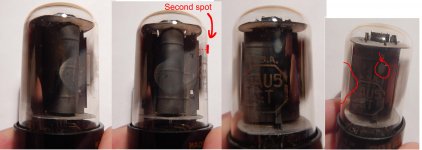
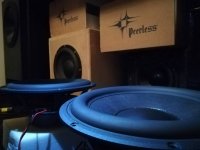
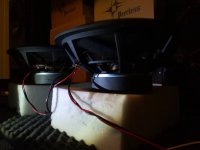
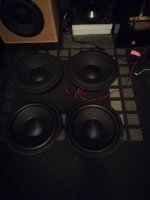
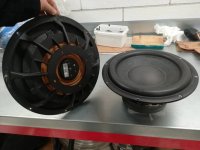


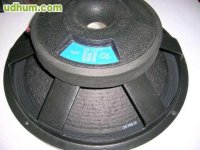

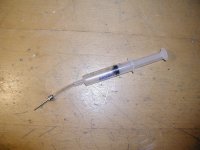
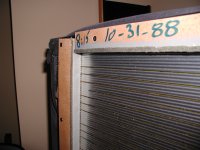
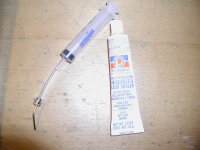

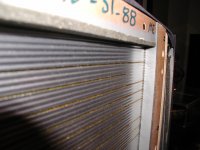

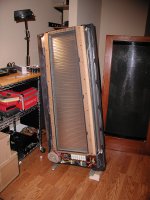
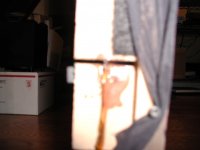
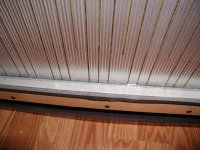



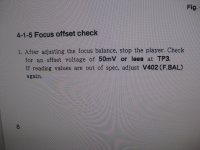
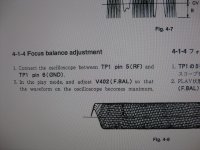
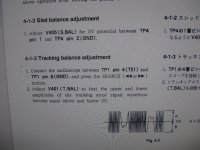
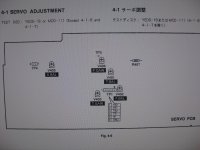
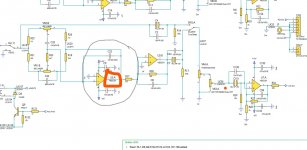
 Moderation edit: TLDR, start at post #10.
Moderation edit: TLDR, start at post #10.